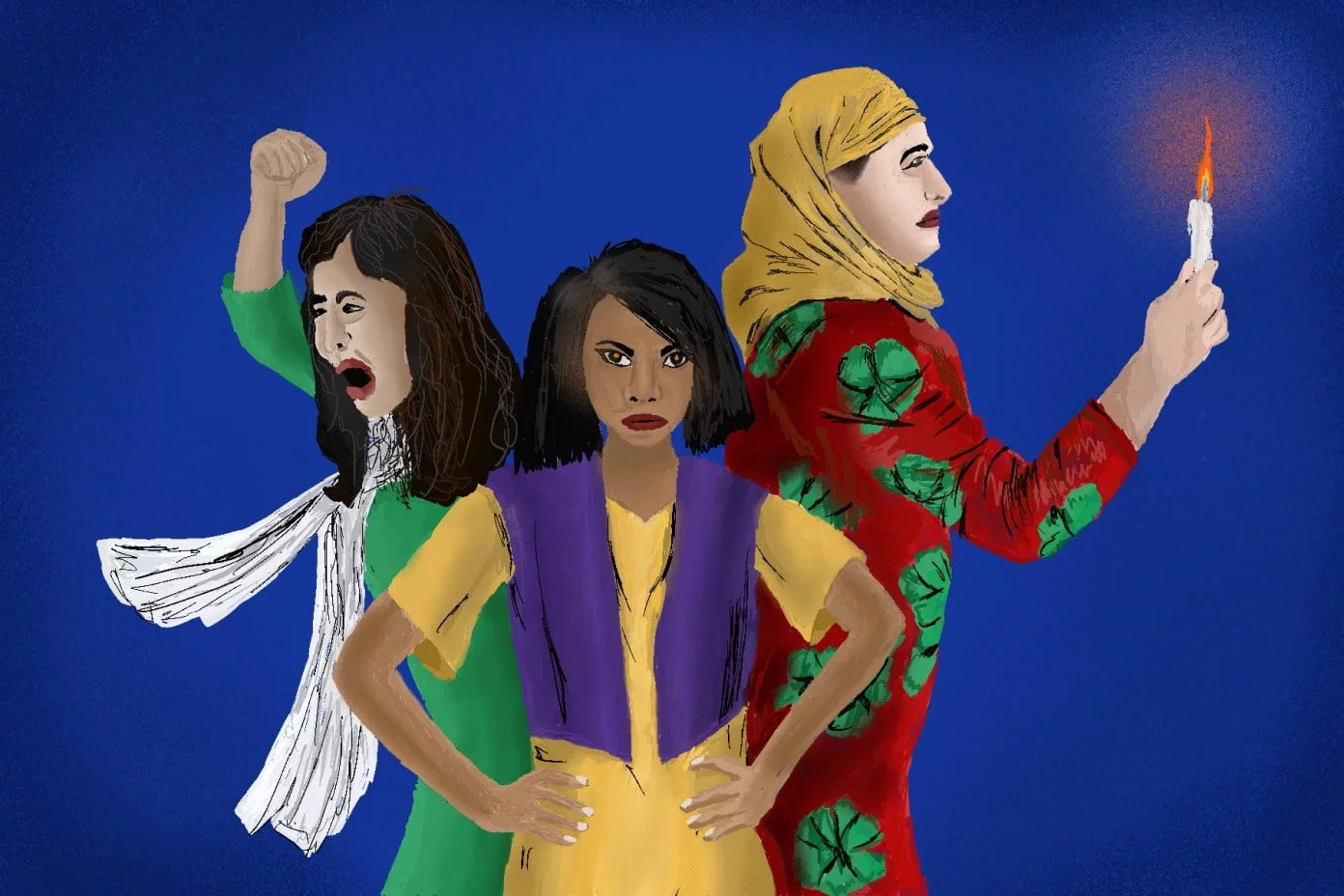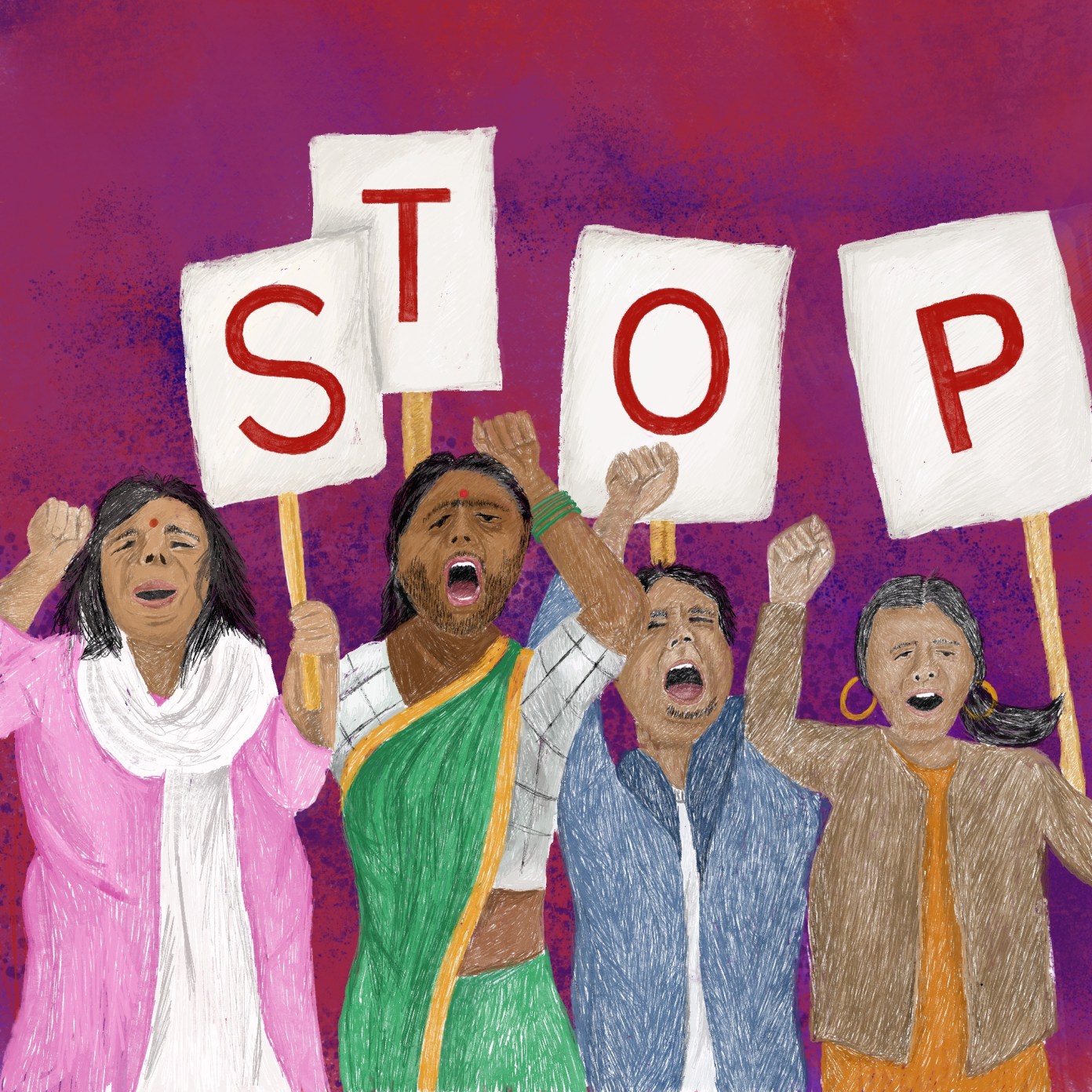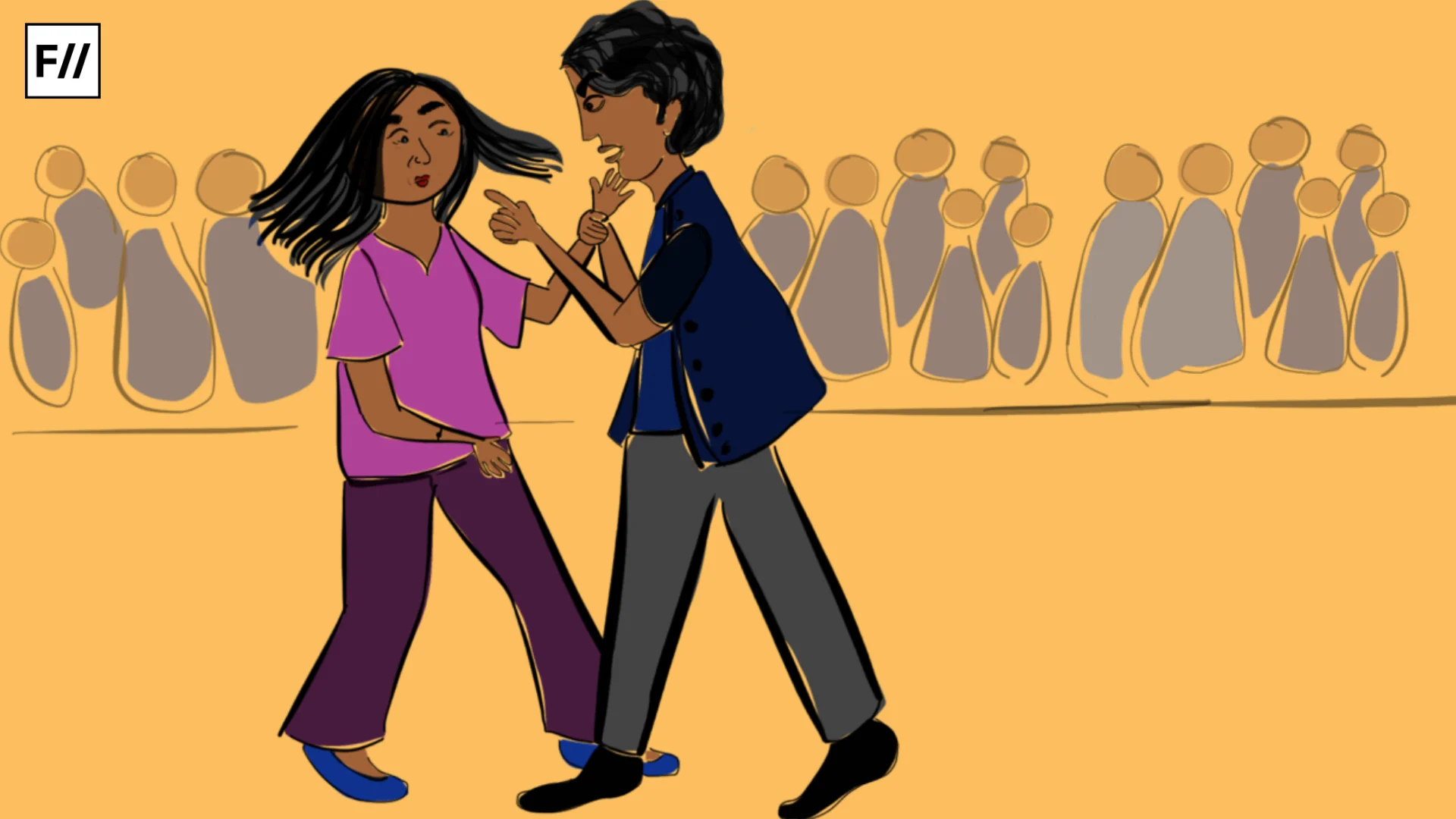In light of the August 9th rape and murder case, women are once again reminded to fear for their safety. From a bird’s eye view of the country, this nation seems to be teeming with hotspots for violence against women. In 2016, the government of Delhi declared the presence of 7,000 dark spots (areas of low visibility and lighting) within the city. Street lighting, as well as lighting inside institutional campuses such as universities, hospitals, office buildings, toilets, and courts, is woefully inadequate. The panacea to the crisis of violence against women may quite literally be found all around us, in the form of improved infrastructure, centred around women.
The gendered nature of infrastructure for women
Infrastructure is gendered and relational. A lack of adequate infrastructure in the cities of India can disproportionately affect women and thus deny them total citizenship. Access to resources at city or household levels can be hindered by poor and outdated infrastructure, such as waste collection and drainage systems, street lighting, footpaths, transport connectivity, and public toilets, the gendered nature of their consequences often exacting a greater toll on women.

This can be seen in the case of the Kerala floods, in which civilians were left stranded within their homes as torrents of rainwater laid claim to their assets and destroyed their life’s possessions. As these floods began to cease, the women of the households began to carry out the unpaid labour of cleaning the blocked drains of the neighbourhood, repairing their homes, and replacing their damaged assets. This process is known as infrastructural violence, a term which refers to ‘processes of marginalisation, discrimination and exclusion that operate through and are sustained by infrastructure‘.
The state of Kerala is the perfect representation of what occurs when you focus on progressive development and social welfare metrics without any consideration of infrastructural violence.
The state of Kerala is the perfect representation of what occurs when you focus on progressive development and social welfare metrics without any consideration of infrastructural violence. Kerala has been lauded for its achievements in female literacy, maternal health, and presence of women in public spaces, being the only state with a higher female to male population ratio of 52%, a higher than average female life expectancy of 77 years, and the highest female literacy rate in the entire nation of 92.1%.
However, women are still excluded from social, political, and economic spheres, with domestic violence and violence against women seeing a sharp rise in the last few years. In Thiruvananthapuram, a city in Kerala, more than 80 percent faced sexual harassment while either waiting for or riding public transport. Violence against women increased four times between 1990 and 2005, a halcyon time in human development in Kerala, as the state’s per capita income to India’s per capita income ratio increased from 1.04 in 1993-94, to 1.34 in 20014-05, stimulated by remarkable increases in social sector spending and demand led growth.
More than just a ride
The 2011 census stated that 45% of women in India do not avail of bicycles, trains, or private vehicles for work, electing instead to walk. Officials and experts have also stated that 18% of bus commuters in India are women. The reasons for this may have something to do with the poor conditions of bus travel, low levels of safety, and the high incidences of sexual harassment towards women.
A woman living in a low income neighbourhood in Thiruvananthapuram stated, ‘…when it is crowded, we have to squeeze our way in. When we enter the bus, the men, including young men the age of our sons come and stand near us. Initially I keep quiet because there is not much space and I do not want to make an issue. But they keep inching closer, and then they feel us up from behind, that’s when I get angry…because they behave in this dirty way. Then we push them and give them a stare. When I stare at them, they behave as if they do not know anything and move away a bit. After that, they move close again and repeat the same behaviour. That is when I protest. But when I protest, the other women and people in the bus give us condescending looks. So, one feels hesitant to react or protest because of the reactions of these women.’

Free or subsidised public transport for women has been acquiring popularity as a way of easing this situation. Allowing women the opportunity to commute farther means unlocking an entirely new plateau of possibilities in the spheres of work and higher education. In the first week of the Shakti scheme launch by the Congress government in Karnataka, nearly one crore women travelled for free via public buses, engendering a slew of positive externalities in the realms of climate change, traffic congestion, and car pollution.
This has reinforced the critical understanding that an adequate public transport system is the backbone of any developed city.
This has reinforced the critical understanding that an adequate public transport system is the backbone of any developed city. Not only that, but a similar initiative in Tamil Nadu is concurred to have helped woman from low income families to save from 700 rupees to 1200 rupees per month.
Safe, reliable transportation could also go a long way in enhancing women’s security. In a study conducted between 2003 and 2006 on women’s access to public spaces, it was found that Mumbai’s network of BEST buses, suburban trains, and the links between the two made it the most accessible and friendly city in the nation. While sexual harassment did not nearly come to a standstill with these means of public transport, women reported finding buses safer than trains, as they were free to get off at any stop.
It was also reported that, in Mumbai, BEST bus conductors were more likely to throw sexual harassers off the bus than anywhere else in the nation. The 2012 gangrape and murder of a young woman in an off-duty chartered bus highlighted the importance of an having an arsenal of BEST buses in a city – they could not be taken for unaccounted-for joyrides. These buses, however, have been at risk of privatisation, and are facing a fall in reliability and lack of confidence due to the swelling numbers of riders. so the future of secure and accessible transportation for women remains uncertain.
Eyes on the street
In the aftermath of the 2008 financial crisis, in an attempt to ease financial burdens on public balance sheets, various state governments resorted to reductions in street lighting in order to cut costs. These incremental savings led to disproportionate increases in the rates of violence against women and sexual harassment. Findings like these have led to several initiatives in which governments expand the overall breadth of street lights in efforts to cut down on sexual violence. However, such a simplistic measure, while extremely important, barely begins to scratch the surface.
As US urban activist, Jane Jacobs, proclaimed in 1961, ‘The first thing to understand is that the public peace of cities is not kept primarily by the police, as necessary as police are. Horrifying public crimes can, and do, occur in well-lighted subway stations when no effective eyes are present. They virtually never occur in darkened theaters where many people and eyes are present.’

A busy street, or, in Jacobs’ words, an ‘active sidewalk ballet‘ is the most effective form of security.
This has led to a new school of thought for government authorities and public planners, implementing measures that follow the rule: more people on the street equals safer neighbourhoods. The multifaceted nature of the ‘eyes on the street‘ theory means that to bolster women’s security, planners must design better looking spaces to attract more people, create streets with ample room for walking, as well as lessen contact between the buildings and the street. Not only does creating quality public spheres contribute to an increase in female security, it also unleashes a horde of positive spillover effects for citizens in general, who benefit from more open and accessible spaces.
Not only does creating quality public spheres contribute to an increase in female security, it also unleashes a horde of positive spillover effects for citizens in general, who benefit from more open and accessible spaces.
By understanding how infrastructure has a key role to play in addressing issues of women’s safety, we may open up the debate to eliminate the concrete constraints that prevent women from fully participating in society and realising their full potential.
References:
How “Eyes on the Street” Contribute to Public Safety
Better street lighting alone won’t make our cities safer for women
https://thewire.in/women/how-to-make-our-cities-safer-for-women





